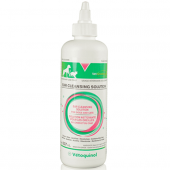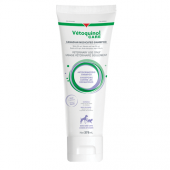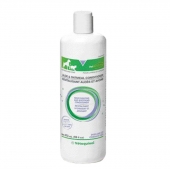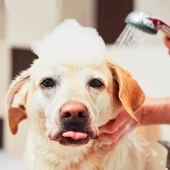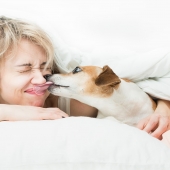On those brutally hot and humid summer days, you may feel exhausted and find yourself drenched in sweat even while doing absolutely nothing. Chances are your cat feels the same. Since they can’t exactly go for a swim or get a frozen treat on their own, they’re reliant on you to look after their well-being. When the heat becomes uncomfortable, keep in mind the advice below.
The dangers of high temperature
Just like humans, cats can suffer from overheating during hot and especially humid days. While the human body can cool off by sweating from multiple parts of the body, cats only eliminate heat through their foot pads or by panting. When the outside air is of a higher temperature than within the body, or when high humidity traps the heat on the skin surface, these cooling mechanisms are compromised.
Curious cats and hot places
Many cats enjoy exploring new and interesting places, and it’s easy for them to sneak into your car as you’re unpacking groceries, or in the shed or garage while you’re looking for a tool, and remain trapped. In the summer, enclosed spaces like these can become very hot, very quickly. On hot days, pay attention to these key places and regularly check if your cat is in a safe location.
Subtle signs your cat is overheating
As discomfort from the heat settles in, body temperature rises and your cat may seem restless, as they attempt to find a place to cool off. While it’s perfectly normal for dogs to pant as a way to stay cool, it’s a cause for concern in cats. If your cat seems to be panting excessively, shows laboured breathing or drools more than usual, it can be a sign of overheating. Sweaty paw pads that may leave behind moist footprints are another subtle sign to look for.
How to keep your cat cool
Cats will usually try to find shade or cool spots on their own, such as a basement or underneath a patio. If your pet still displays any of the symptoms above, bring them indoors to a well-ventilated or air-conditioned room. You may also gently rub them with a cool, damp towel, focusing on the neck and feet areas. Don’t use ice cold water or ice cubes, the abrupt change in temperature can cause additional stress on your cat and worsen their condition. Finally, make sure your cat has access to cool drinking water at all times, either using a water fountain or refreshing their water bowl several times during the day.
Severe signs of overheating
Without having a chance to cool off, as their body temperature increases, your cat can develop heatstroke, a severe medical condition that requires emergency treatment. It can present itself through lethargy (to the point where your pet won’t eat or play), vomiting or diarrhea, an unsteady walk or stumbling gait, and either deep red or pale gums. If you notice any of the above, contact your veterinary clinic immediately for advice; an emergency visit may be needed.

